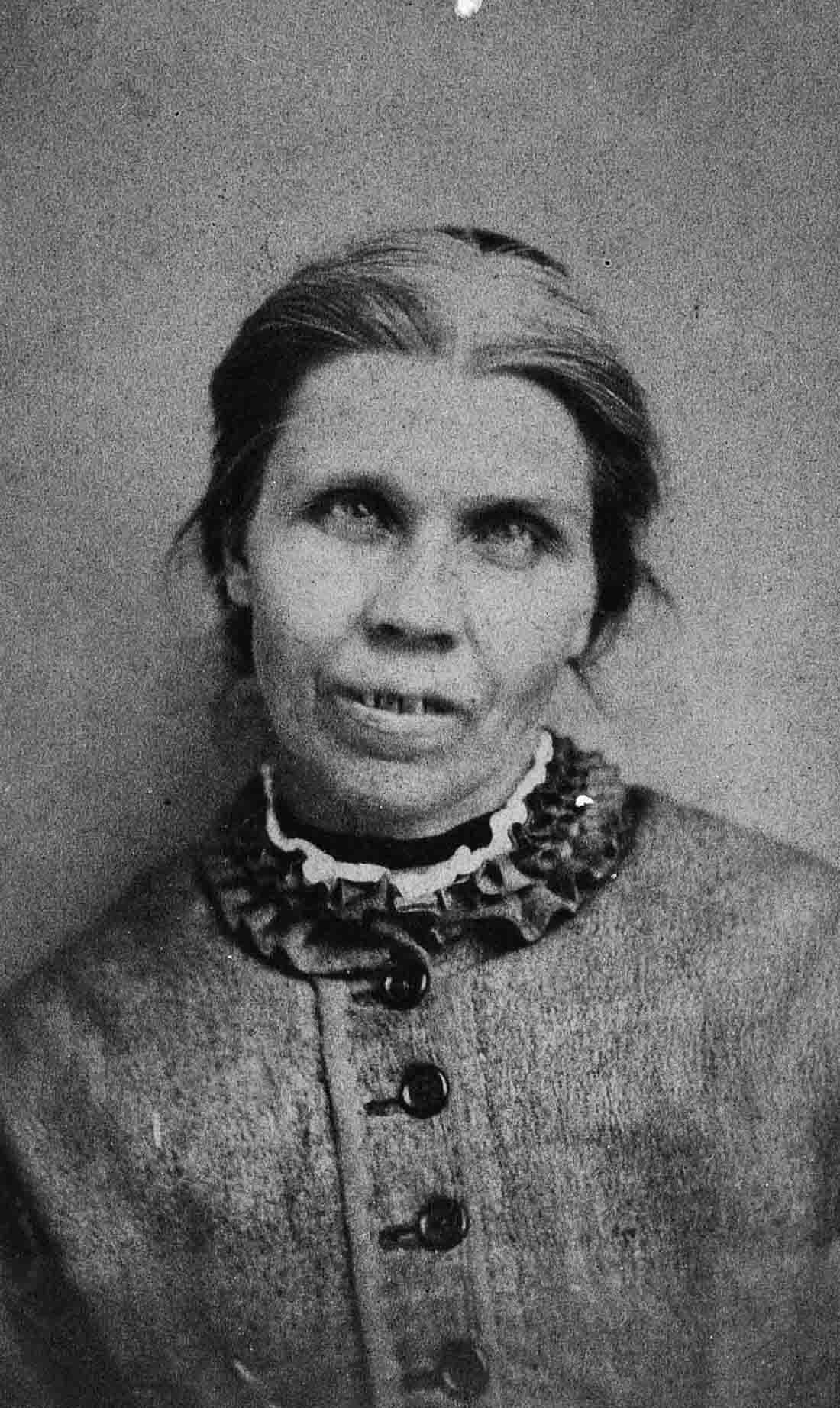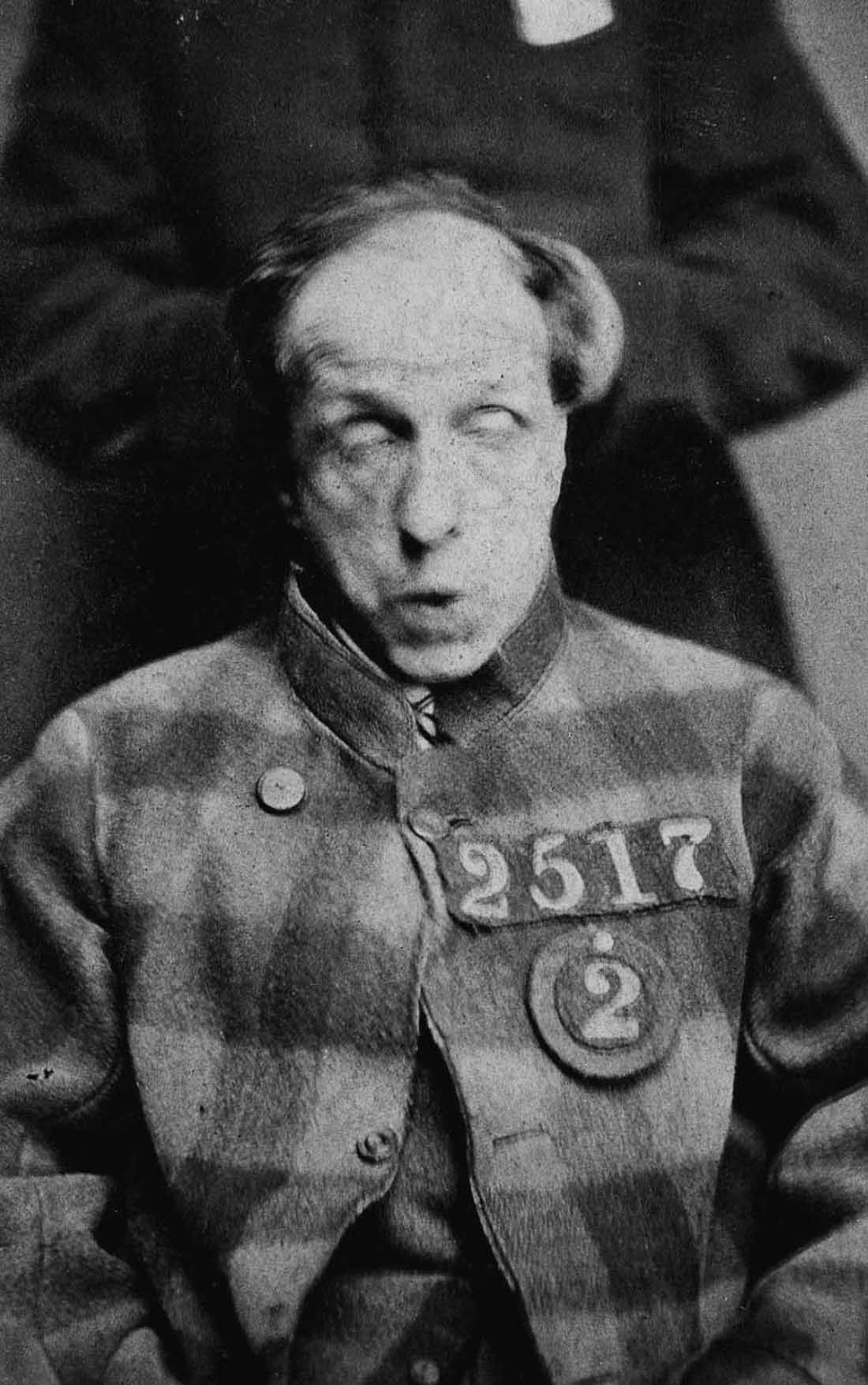
During the Victorian Era, a time when asylums had an outburst of patients treated. This resulted from increased psychiatric illness; there was a massive admission of mentally ill patients. These patients were admitted under the Poor Law and lunacy Act.
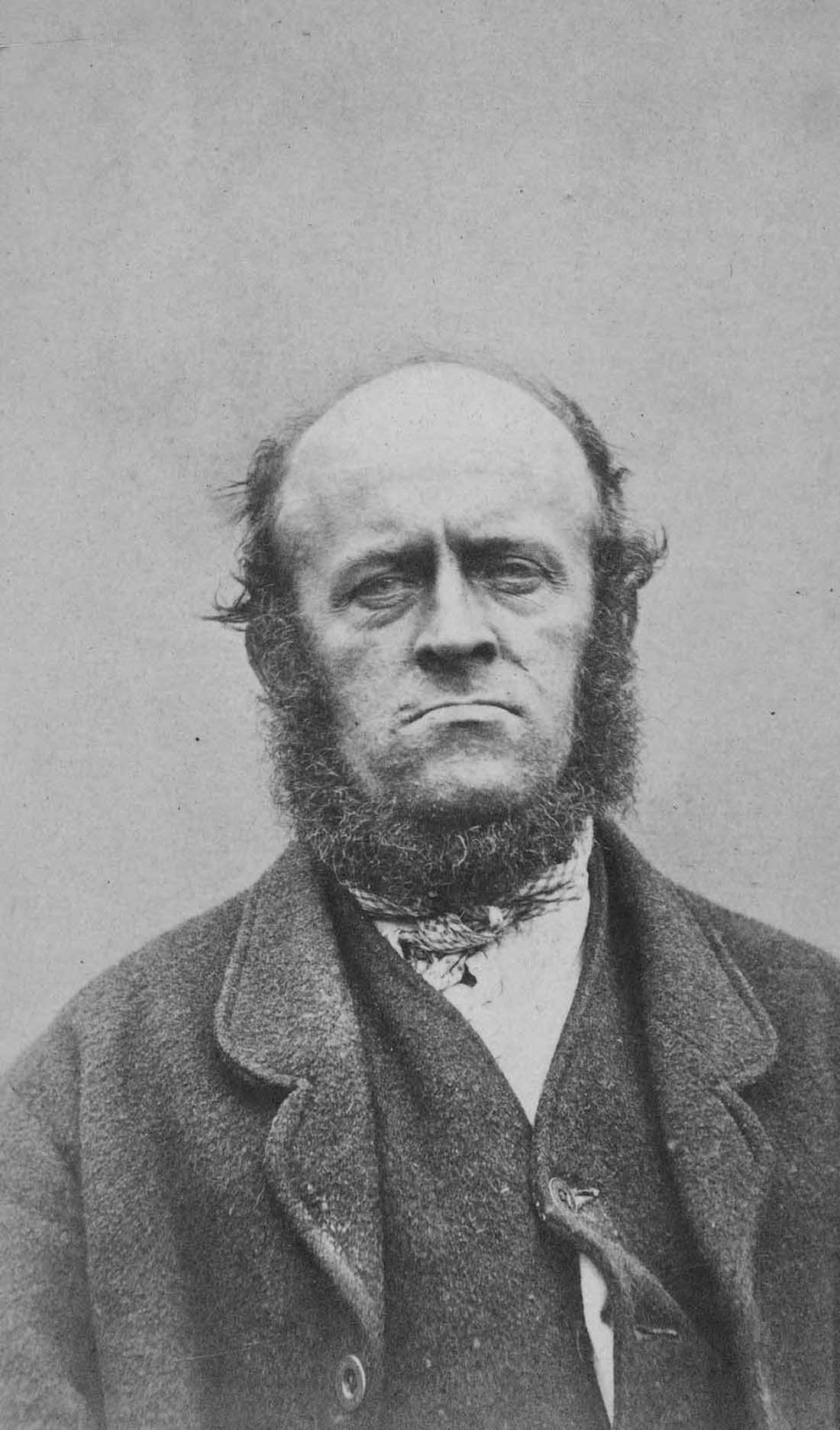
The 1845 Lunacy Act was an essential milestone in treating the mentally ill, as it subjected people with mental illness to be treated. The territories were legally compelled to provide a psychiatric home for mentally ill people. These homes were required to have written regulations and also a qualified resident physician around.
Upon admission, the patient could not fight against detention. However, they could be released after a relative or a friend confirms that they would be adequately looked after and prevent them from inflicting self-harm.
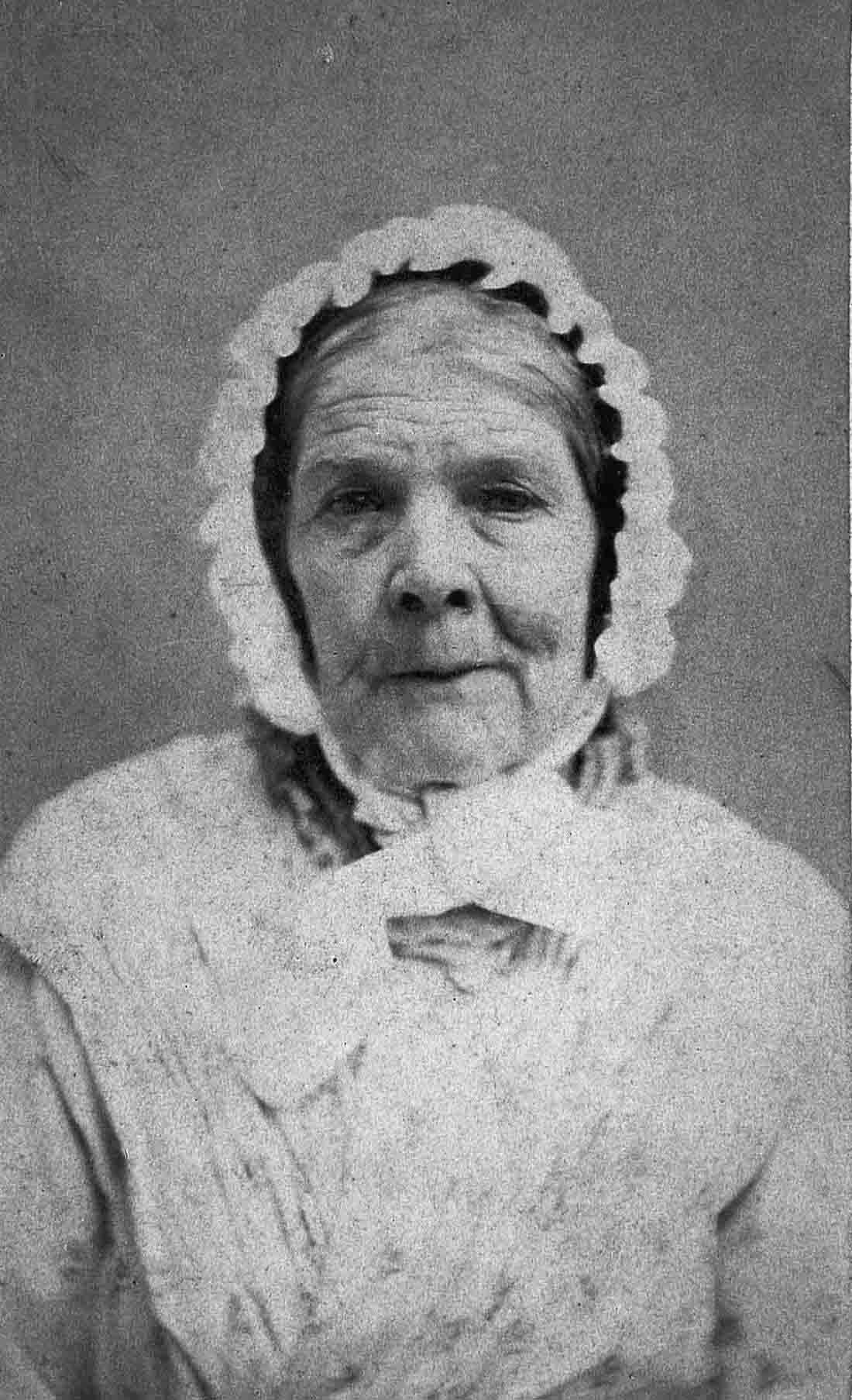
Despite the good intentions of the 1853 Act, it appeared that there was still a large extent the system could be abused. Unfortunately, many psychiatric homes were seen as prisons instead of hospitals.
It was a comfortable way to eradicate the poor and incurable from society. Private psychiatric homes were often appropriate dumping grounds for unwanted wives among those with money.
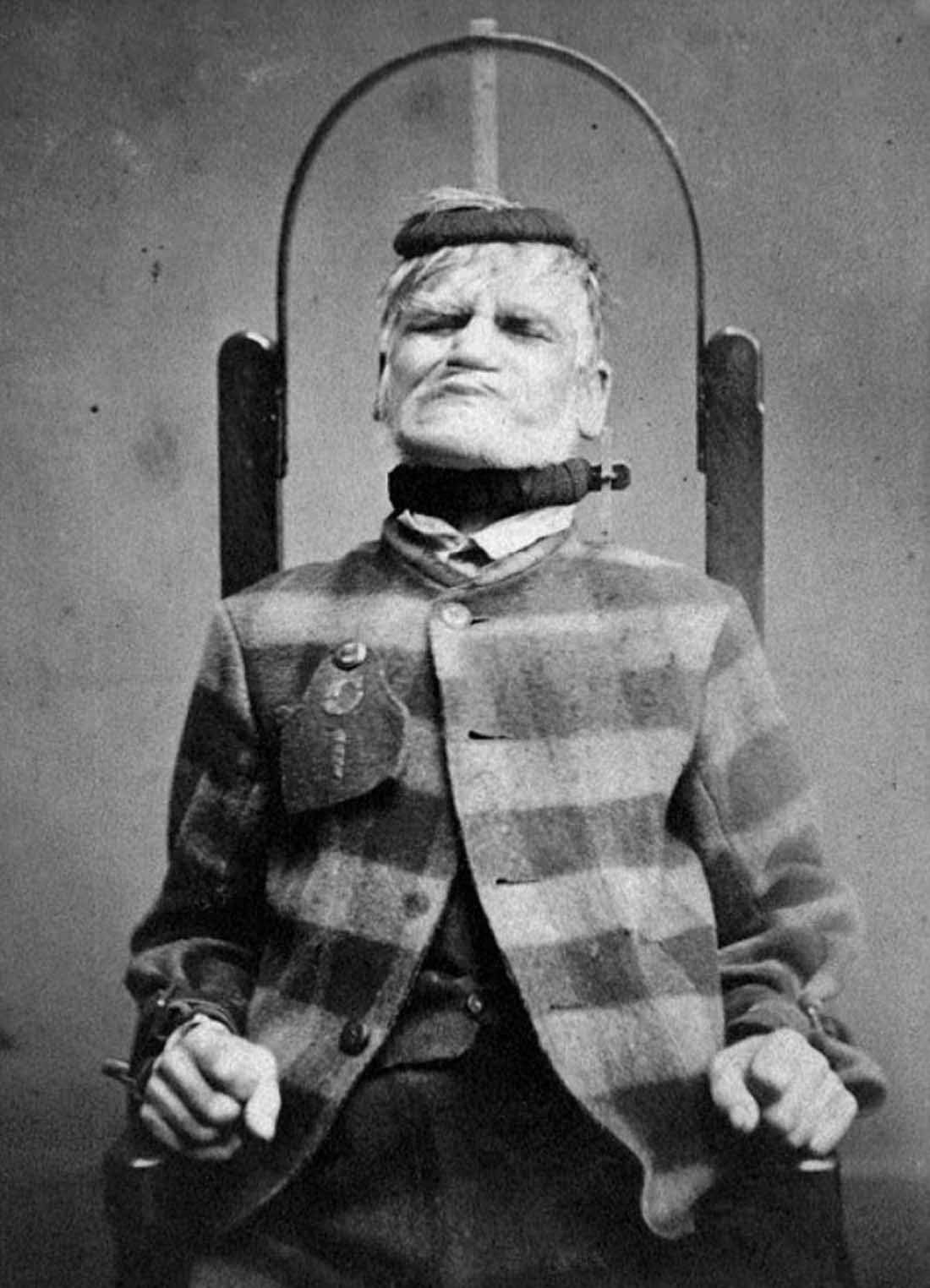
Upon admission into the psychiatric homes during the 1860s, the patients were required to provide detailed information about themselves before being admitted. Part of the details necessary was: the name of the patient, sex and age, married or single, previous occupation, religious affiliation, age at the time of the first attack, duration of the existing attack, supposed cause, and whether epilepsy was present and whether the patient was suicidal or dangerous etc.
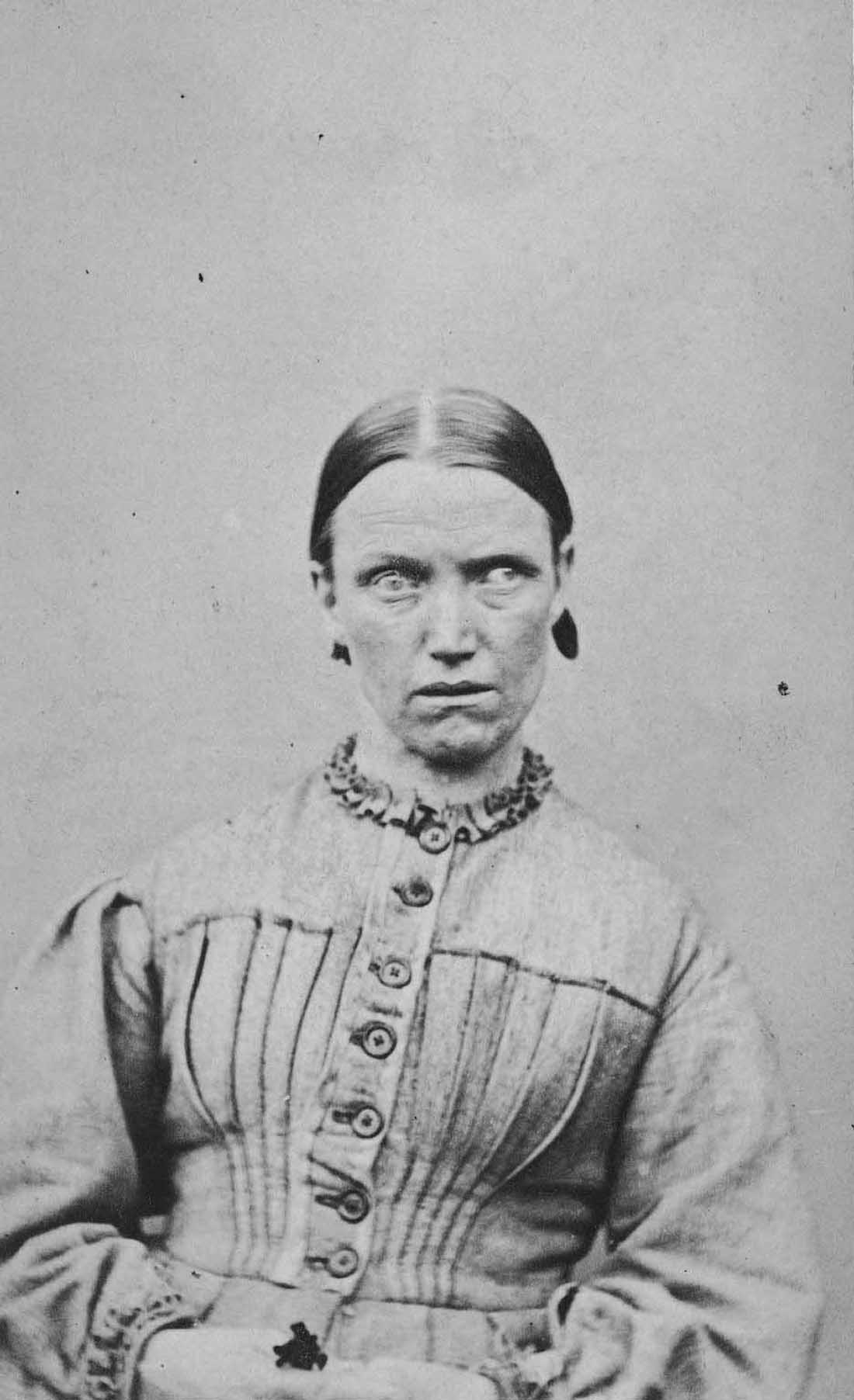
Many stories of patients admitted to the psychiatric home were often admitted for displeasing reasons and were forgotten about. Some patients spent twenty years or more. On the other hand, some patients died in these homes without being released back.
